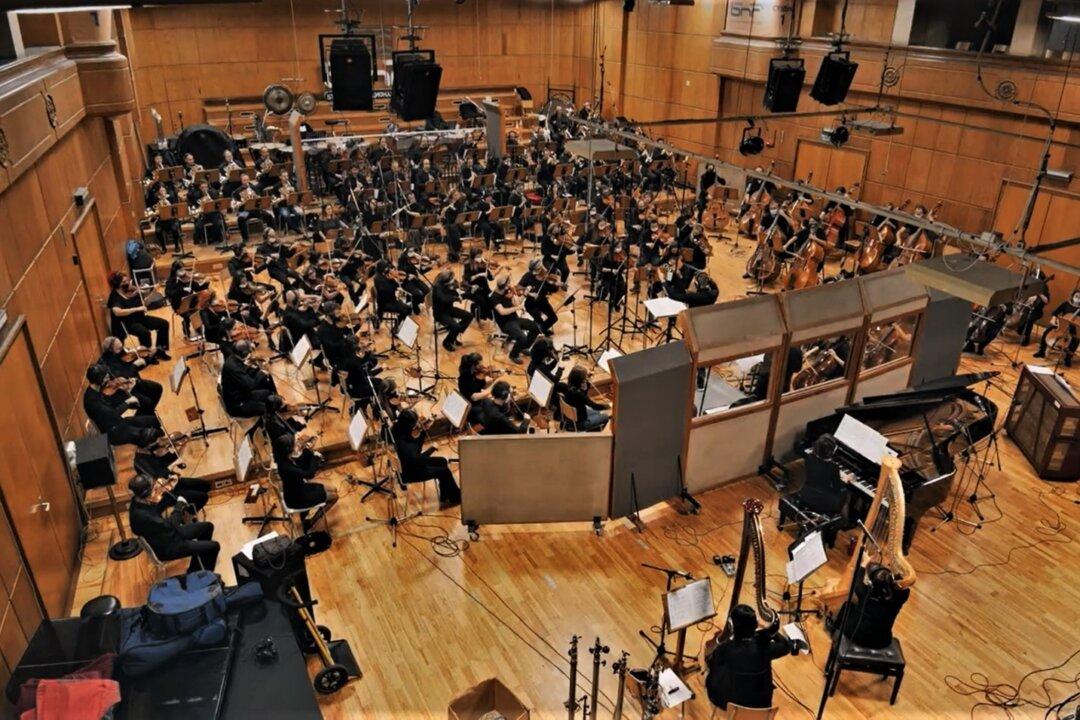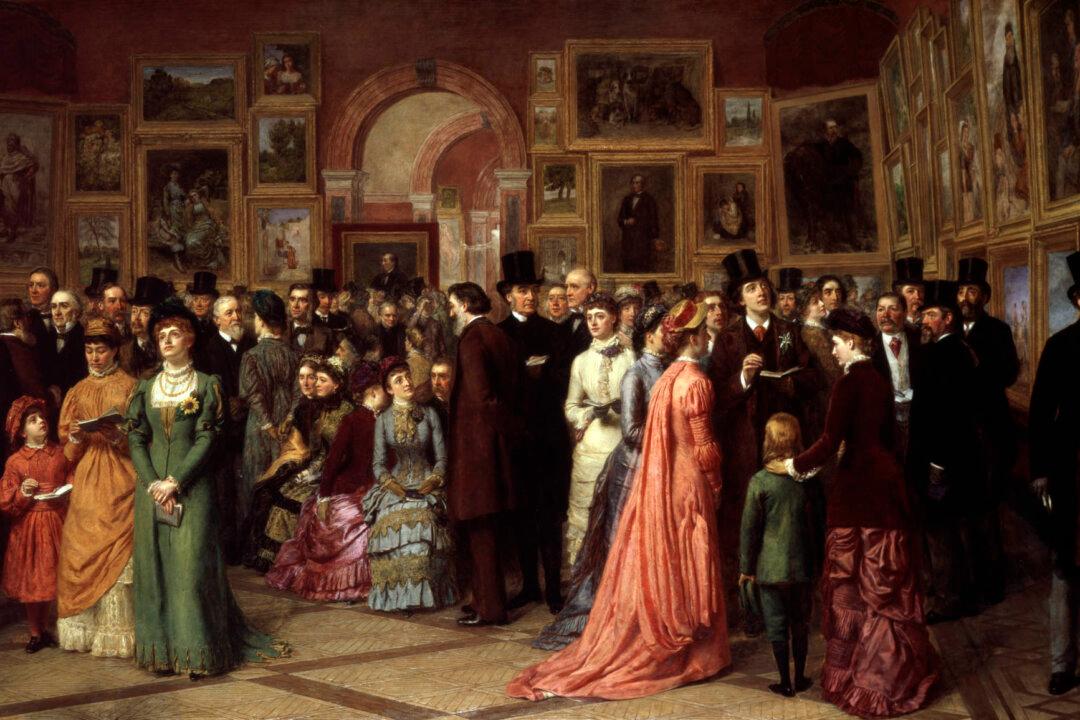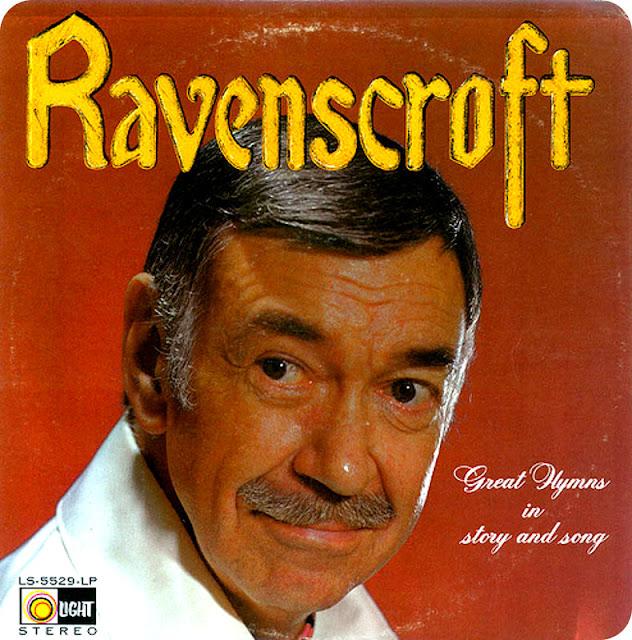My work as a composer has taken me with some regularity to New York City, and each time I’ve had a bucket list of things I’ve either always wanted to do or wanted to do again during my free time there. One of those “do agains” has been to visit the huge Metropolitan Museum of Art at 1000 Fifth Ave., on the east side of the Great Lawn in Central Park.
Over the years, especially when my time was limited, upon entering the museum, I always made a beeline up the grand staircase to the second floor and hung a left, straight to the wing housing great European masterworks of painting. That includes the biggest collection of French art to be found outside of Paris. Many of those famous paintings I had seen only on coffee mugs and coasters. I can happily sit on a bench for a good while, just absorbing one great painting before forcing myself to move on to another.






